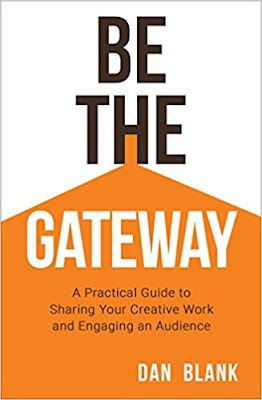It's 1944. London's citizens are weary of air raids and rationing. But there are rumours of an invasion of France. Is the tide of war turning?
The Other Side of the Street is my fifth Lavender Road
novel. Set in London in 1944, it can either be read alone or as part of the
series, and like its predecessors it follows the lives of several people living
in one London street. This time the focus is on two young women, who now, as
victory finally begins to edge nearer with the Allied invasion of France, find
that the war seems determined to throw a spanner in their plans for future
happiness.
I love writing about the Second World War. For me it is a
fascinating period of history. So much happened in those eventful years, even
for those who weren’t actually fighting. With almost constant Luftwaffe bombing,
plus Hitler’s V1 and V2 revenge missiles, people on the Home Front were also in
considerable danger.
I have always been impressed by the extraordinary courage
and resilience that Londoners showed at that time, and I think, more than
anything else, that is what has always drawn me to the period. As well as the
almost constant fear of death or injury, they had to cope with hardships that
most of us would certainly find unacceptable these days; rationing, the
black-out, property damage or destruction, reduced fuel and water, lack of
petrol and gas, conscription into boring (or sometimes even hazardous) war
work, restrictions on clothing and make-up, censorship, and of course the worry
about loved ones serving overseas.
My research this time led me to the fact of young women
being enlisted, often against their will, into the female sections of the armed
forces. It made for fascinating reading, and then, by a stroke of luck
(something which often seems to happen when I am embroiled in research!), I
discovered that one of my neighbours (now a celebrated artist) actually served
in the ATS, the Auxiliary Territorial Army, and she kindly allowed me to base
some of my character’s exploits on her own real life experiences.
Putting characters in difficult circumstances is always
interesting, and for the pretty, well-to-do, and somewhat self-centred young
widow, Louise Rutherford, the grim realities of an ATS training camp come as a
nasty shock!
My aim in writing is always to entertain, and to try to
evoke the atmosphere of the war years, but I am also keen to focus on more
general issues that my readers might find interesting, and I have used Louise
to explore an aspect of life that I think we probably experience from time to
time. That what we think we are like is not always the same as what other
people think we are like. I’m sure we all occasionally feel misunderstood,
especially perhaps by our friends and family. (In my experience doggedly held
presumptions and faulty suppositions are often at the root of many a family
rift!)
It’s as though people have made up their minds about our innate
character and and can’t or won’t ever really accept that we might have the
capacity to change. In THE OTHER SIDE OF THE STREET, as well as struggling with
military discipline and other wartime issues, Louise also finds herself
struggling to try to convince people that she has (for various reasons) become
a nicer person.
The Other Side of the Street will be published in hardback
and as an eBook on 6 April 2017. The paperback will follow later in the year.
In the meantime I am already hard at work on the next Lavender Road novel! This
time my research has taken me to France, to visit the Musée de la Resistance in
Grenoble, to see for myself the extraordinary courage and resilience that many local
people in France showed in facing up to German occupation.
Helen Carey is best known as the author of the popular wartime
Lavender Road series. The previous novel in the series, London Calling, was
shortlisted for the RoNA Award for best Historical Romance. Helen also writes
travel articles and short stories, and from time to time she teaches Creative
Writing at various universities, specialising in story structure. She is also a
fellow of the Royal Literary Fund. Before being published herself, she worked
for a literary agency and as a reader for several publishers. Having spent
quite a lot of time in different parts of the world, Helen now lives mostly in
Pembrokeshire in West Wales where she and her husband run their small coastal
farm as a conservation project. For more information about her and
her books please visit her website www.helencareybooks.co.uk and find her on Facebook and
Twitter @HelenCareyBooks.



























